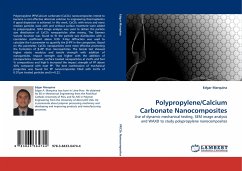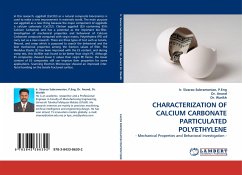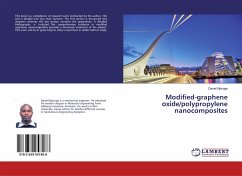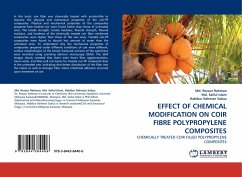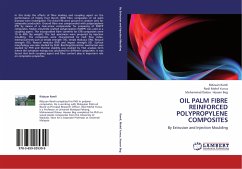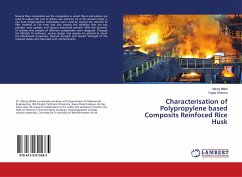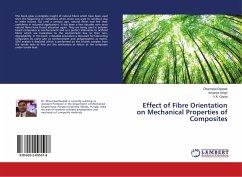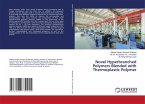Polypropylene (PP)/Calcium carbonate (CaCO ) nanocomposites intend to become a cost effective alternate solution to engineering thermoplastics if good dispersion is achieved. In this work, CaCO with micro and nano median particles sizes with and without surface treatment were added to polypropylene. SEM image analysis was used to obtain the particle size distribution of CaCO nanoparticles after mixing. The Gamma Variate function was found to fit the particle size distribution with a correlation coefficient above 0.99. X-Ray diffraction was used to calculate the k parameter to quantify the -iPP in the composites. Based on this parameter, CaCO nanoparticles were more effective promoting the formation of -iPP than microparticles. The tensile test showed higher elastic modulus and tensile strength with addition of nanoparticles. Impact strength was higher with the addition of microparticles. However, surface treated nanoparticles at 2wt% and 5wt% compositions and high k increased theimpact strength of PP above 40% compared with neat PP. The best combination of mechanical properties was found for PP nanocomposites filled with 2wt% of 0.07 m treated particles and k=0.22.
Bitte wählen Sie Ihr Anliegen aus.
Rechnungen
Retourenschein anfordern
Bestellstatus
Storno

